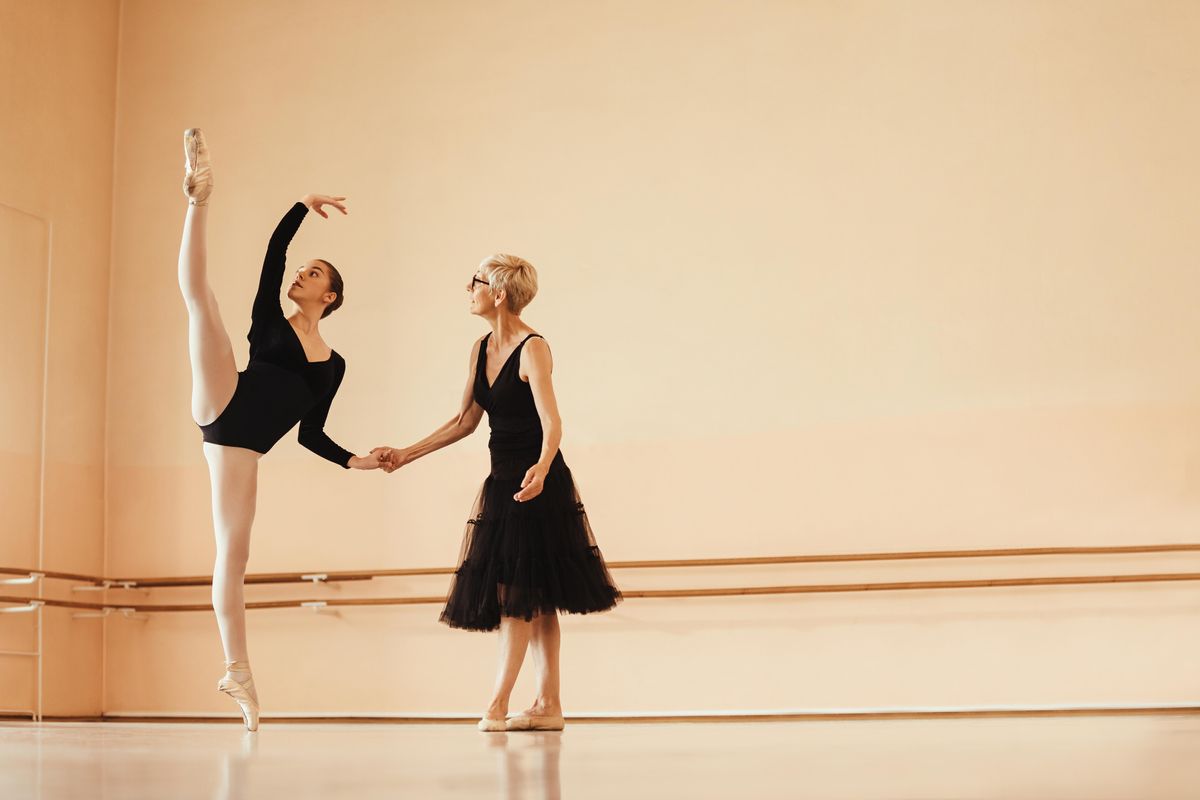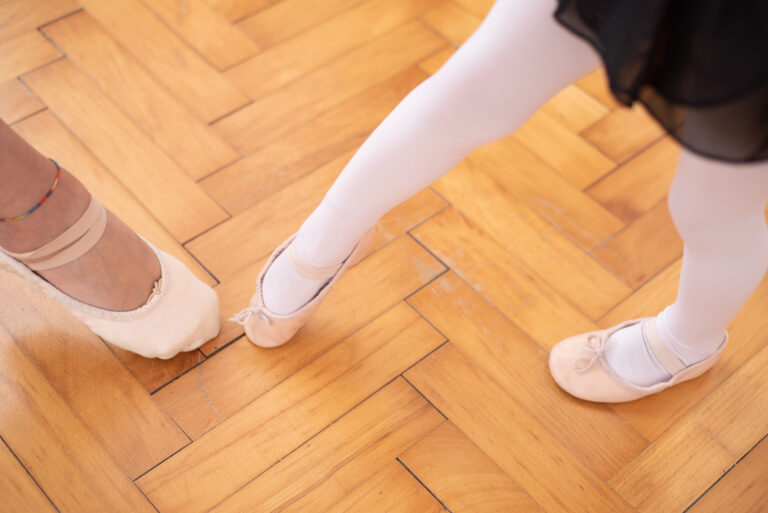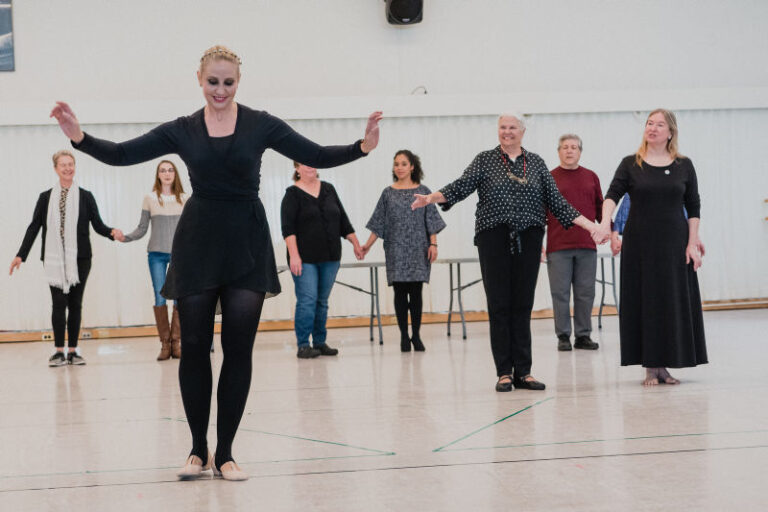
Some corrections have become so ubiquitous in dance training that they’re given without much consideration as to what they actually mean.
One such correction: The cue to “lift from the back of the leg” or “lift from underneath” in grands battements, développés and similar movements.
Using the right language to describe what’s happening in the body as a teacher is essential, as the way students think movement is happening will influence how it actually happens in their body. So how does “Lift from the back of leg” check out, anatomically?
Typically, this correction is given as a way to keep dancers from overusing the quadriceps. But, the quads must engage in order to lift the leg. On the other hand, it’s anatomically impossible to lift the leg with the muscles on the back of the leg. Telling dancers to “lift from underneath the leg,” then, sends a confusing message.
Keith Saunders, former ballet master at Dance Theatre of Harlem and currently on faculty at Texas Christian University, cues his students to lengthen the back of the leg, rather than lift from it. This idea of lengthening the back of the leg begins in fifth position, Saunders says, as students “sense the strength and placement of weight fully on the standing leg as they tendu, feeling the pressure against the floor before lengthening the leg into battement.” Thinking of lengthening the back of the leg while standing helps keep the pelvis balanced and lifted (rather than tucked) on the legs, and wakes up the high hamstring area. Since it’s impossible for dancers to not use their quads, focusing on this whole-body awareness can help dancers from overusing them.
Ensuring that the iliopsoas are strong can also help dancers to not overuse their quads. The strength of the iliopsoas muscle determines how high above 90 degrees the leg can be lifted. It’s not uncommon to find weak iliopsoas muscles and strong quadriceps—which could be the reason why a dancer feels they are overworking their quads.
To test your student’s iliopsoas strength, have them sit tall on the front edge of a chair, with weight even on the two sitz bones. Without leaning backwards or tilting sideways, have them lift the right knee up as high as they can, then slowly lower the right foot to touch the floor before lifting back up above 90 degrees. Have them do 20 repetitions, and notice when fatigue is felt deep in the right hip. Do the same with the left leg, and have them compare the results with what they know about their battements and extensions. Is one side easier? Does one side lift higher?
This simple strengthening exercise can be done anywhere, multiple times a day, and should result in improved strength and extension height. For a harder variation, wrap a TheraBand just above the knees.




